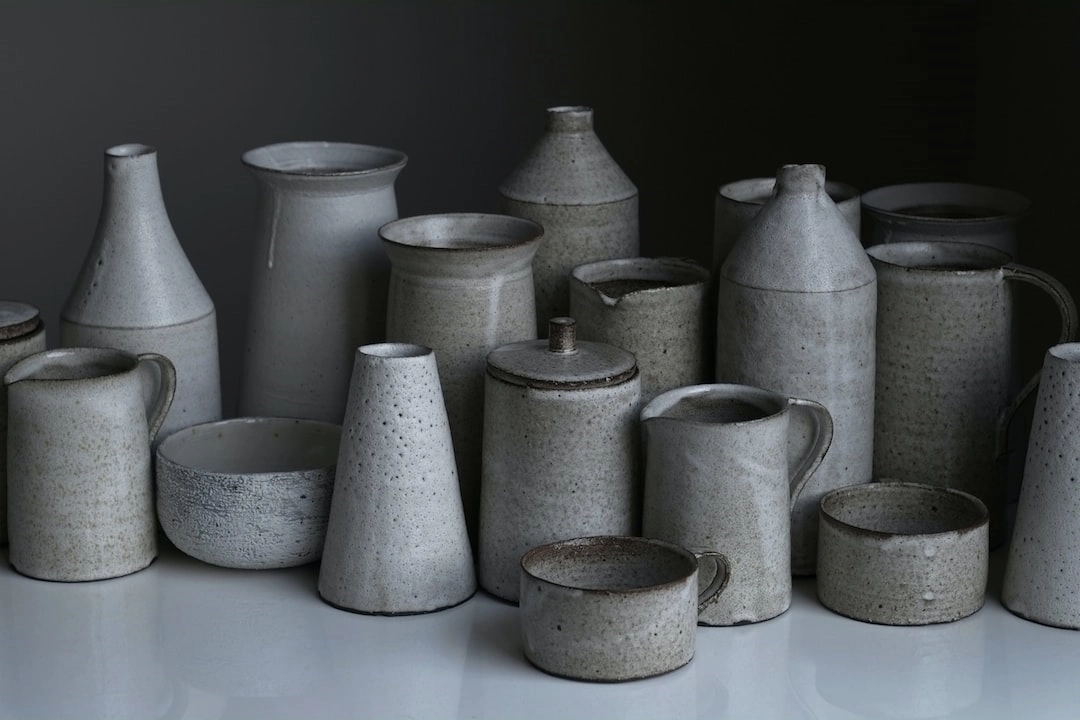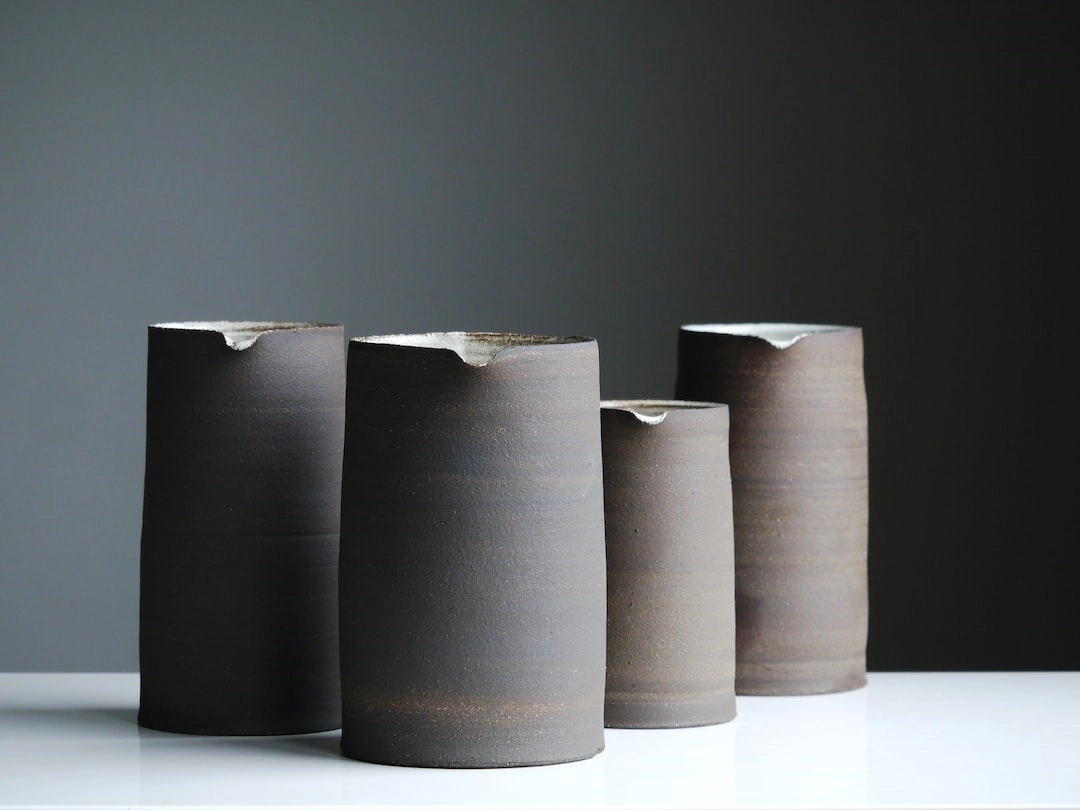What it is:
Sustainable Methods in Pottery and Ceramics refer to the adoption of eco-friendly practices and approaches in the creation of artistic clay objects. Traditionally, the pottery and ceramics industry has been associated with various environmental concerns due to the use of non-renewable resources, high energy consumption, and the generation of waste and pollution. However, with the growing awareness of the need for sustainable practices across various industries, there has been a shift towards greener methods in pottery and ceramics.
Real-World Problems:
1. Resource Depletion:
The conventional pottery and ceramics industry heavily relies on non-renewable resources such as clay, minerals, and fuels. The extraction of these resources can lead to habitat destruction, deforestation, and soil erosion. As these resources are finite, their depletion poses a significant threat to the long-term sustainability of the industry.
2. High Energy Consumption:
The firing process required to transform clay into ceramic objects typically requires high temperatures, often achieved through the burning of fossil fuels. This results in substantial energy consumption and the emission of greenhouse gases, contributing to climate change. Finding alternative energy sources or optimizing energy efficiency is crucial in reducing the environmental footprint of the pottery and ceramics industry.
3. Waste Generation and Pollution:
The creation of pottery and ceramics generates various forms of waste, including excess clay, glaze materials, and kiln emissions. Improper disposal of these waste materials can lead to soil and water pollution, harming ecosystems and human health. Implementing waste reduction strategies, recycling clay, and using non-toxic glaze materials are key steps towards minimizing the environmental impact.
4. Environmental Footprint of Packaging and Shipping:
Pottery and ceramic products are often packaged and shipped globally, resulting in carbon emissions from transportation and packaging materials. The use of sustainable packaging materials and local sourcing can help minimize the environmental footprint associated with product distribution.
By addressing these real-world problems and adopting sustainable practices, the pottery and ceramics industry can contribute to a greener artistic world. From using locally sourced materials to implementing energy-efficient firing techniques and promoting eco-friendly packaging, sustainable methods can revolutionize the way pottery and ceramics are created and consumed.

Solutions:
1. Resource Conservation and Sustainable Sourcing:
To address the issue of resource depletion, the pottery and ceramics industry can focus on sustainable sourcing. This involves using locally available clay and minerals, promoting responsible extraction practices, and exploring alternative materials and resources. Additionally, implementing efficient material usage techniques can minimize waste and maximize the utilization of available resources.
2. Energy Efficiency and Renewable Energy:
To reduce the high energy consumption associated with firing processes, adopting energy-efficient kilns and machinery can significantly decrease the environmental impact. Investing in renewable energy sources such as solar or biomass energy can help minimize greenhouse gas emissions and dependency on fossil fuels.
3. Waste Reduction and Recycling:
Implementing waste reduction strategies, such as reusing excess clay, recycling glaze materials, and properly managing kiln emissions, can greatly minimize the environmental footprint. Establishing recycling programs or collaborating with local organizations for proper waste management can ensure that waste is handled responsibly and does not contribute to pollution.
4. Sustainable Packaging and Transportation:
Addressing the environmental footprint of packaging and shipping can be achieved by using sustainable packaging materials, such as recyclable or biodegradable materials. Additionally, opting for local distribution networks, when feasible, can reduce carbon emissions associated with long-distance transportation.
Implementing these solutions will not only contribute to a greener pottery and ceramics industry but also promote sustainable practices throughout the artistic world. By adopting an environmentally conscious approach, artists, manufacturers, and consumers can collectively work towards a more sustainable future.













